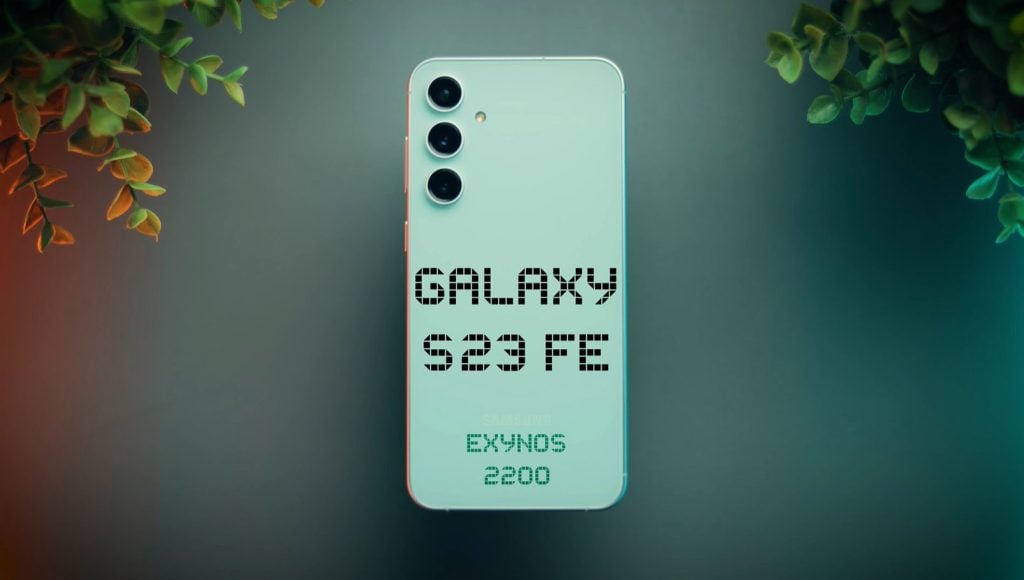Samsung continues to expand its product lineup. The company’s latest move in this direction is the Galaxy S23 FE, which offers flagship features at a relatively affordable price. Keeping with the tradition of premium models, the Korean tech giant offers the phone with the Snapdragon 8 Gen 1 in some regions, and the Exynos 2200 in others.
Although this duality doesn’t seem problematic at first glance, it has been criticized by users in the long run. However, the current buzz isn’t about the Snapdragon vs. Exynos comparison, but rather that the Galaxy S23 FE‘s Exynos 2200 is more powerful than the Galaxy S22‘s. here are the details…
Samsung Galaxy S23 FE’s Exynos 2200 Chip Gets a Boost in Performance and GPU
If there are those among you who don’t know, the Galaxy FE series is a line of smartphones from Samsung designed to offer flagship-level features at a more affordable price. Developed to compete with Chinese manufacturers like Xiaomi, Realme, and Huawei, the latest member of this family is the Samsung Galaxy S23 FE. This phone, which was introduced surprisingly and immediately garnered significant interest, is of course the new star of benchmark tests. However, the recent tests revealed some surprising results.
Several benchmark results have shown that the Exynos 2200 in the Galaxy S23 FE is significantly more powerful than the same chip in the Galaxy S22 series. For example, in Geekbench 6.2, the Galaxy S23 FE has scored a single-core score of 1612 and a multi-core score of 4005. This is compared to the Galaxy S22‘s single-core score of 900-1500 and multi-core score of 3400-3500.
On the AnTuTu benchmark, the S23 FE achieved scores of 329,165 for the CPU test and 437,040 for the GPU test. This represents a 10% increase in CPU performance and a significant 30% rise in GPU performance when compared to the S22 Ultra, which scored 305,069 and 312,522 for the CPU and GPU tests, respectively. Of course, there could be several reasons for this.

One possibility is that Samsung has optimized the Exynos 2200 since its launch last year. Another reason could be that the Galaxy S23 FE possesses superior cooling, enabling the Exynos 2200 to maintain higher clock speeds for extended durations. We enjoy having “crazy” features in our phones. However, it’s worth noting that a 120W charge generates significantly more heat compared to 30W.
It is important to note that these are just benchmark results, and real-world performance may vary. However, the fact that the Galaxy S23 FE is outperforming the Galaxy S22 in benchmarks is a good sign for anyone who wants to buy this phone.
RELATED:
- iPhone 15 Pro vs Google Pixel 8 Pro: Specs Comparison
- Samsung Galaxy Z Flip 5 Yellow Color Option To Launch In…
- Samsung Expects 78% Profit Decline, Chip Business Shows Early Signs of Recovery
- Samsung urges Apple to adopt RCS in its own snarky way
- Samsung Electronics faces steep drop in Profits amid Chip glut
(via)







